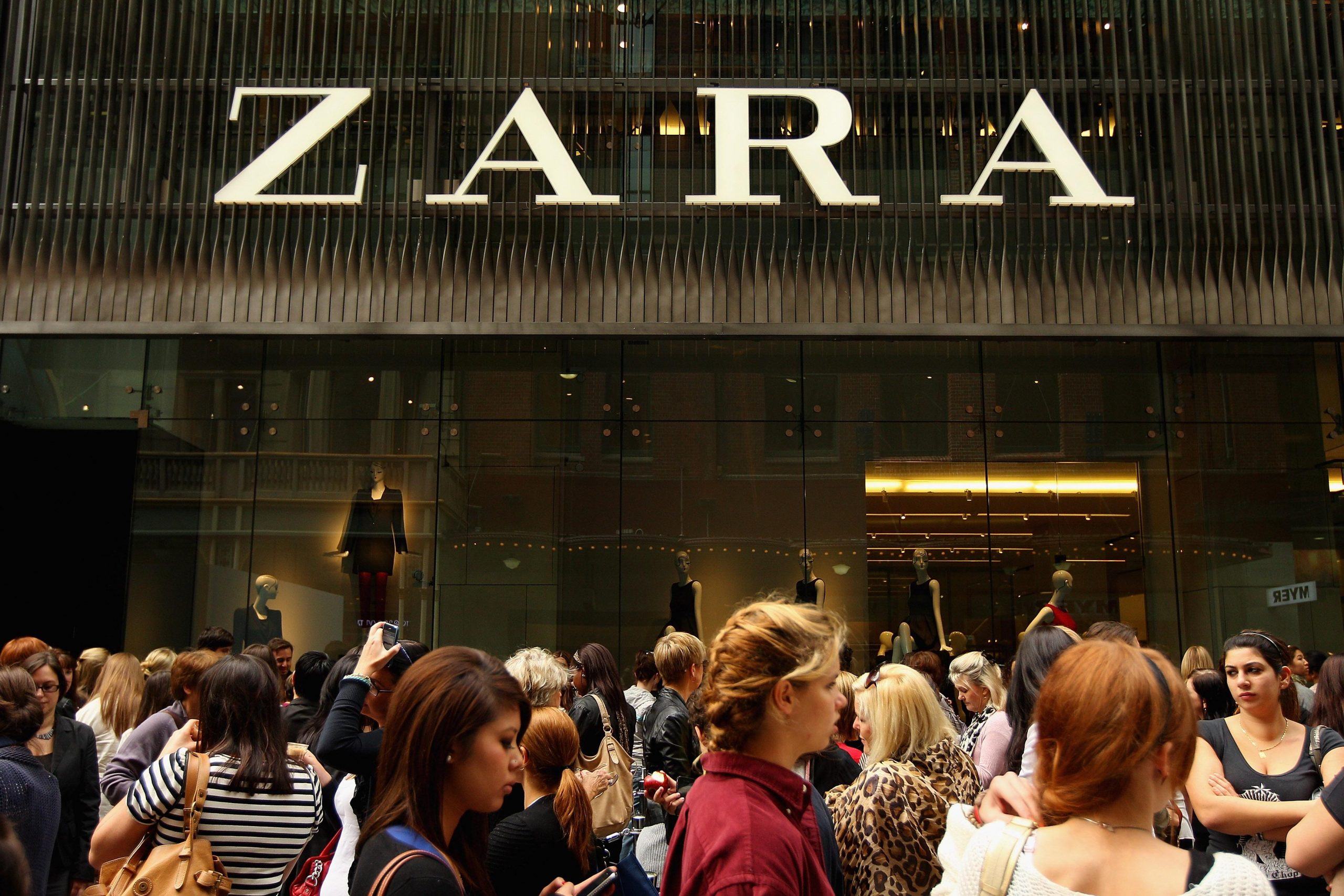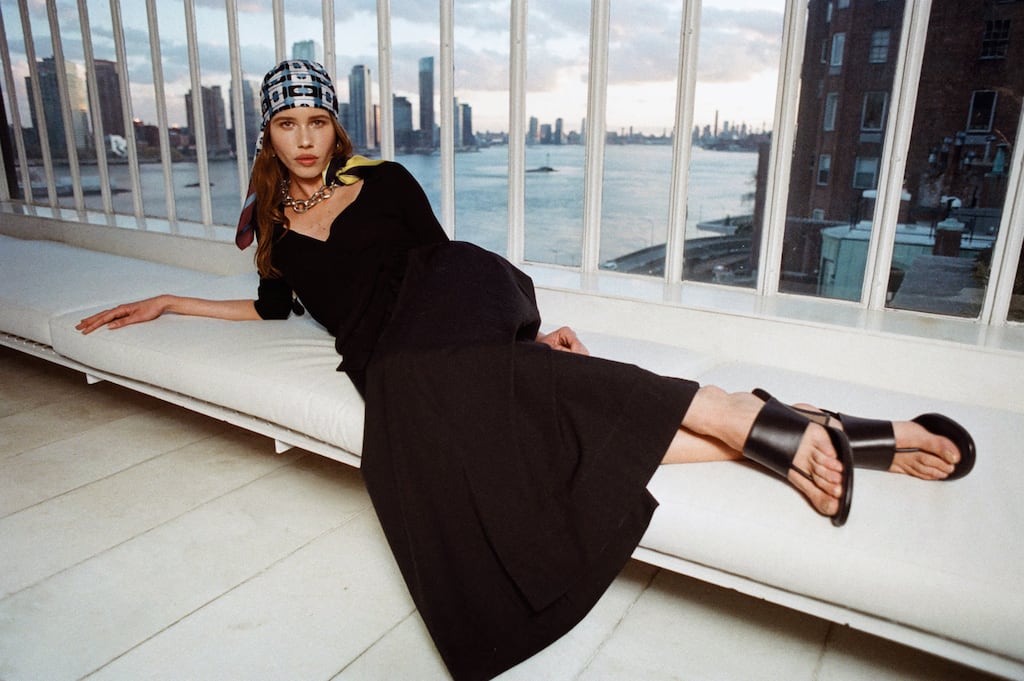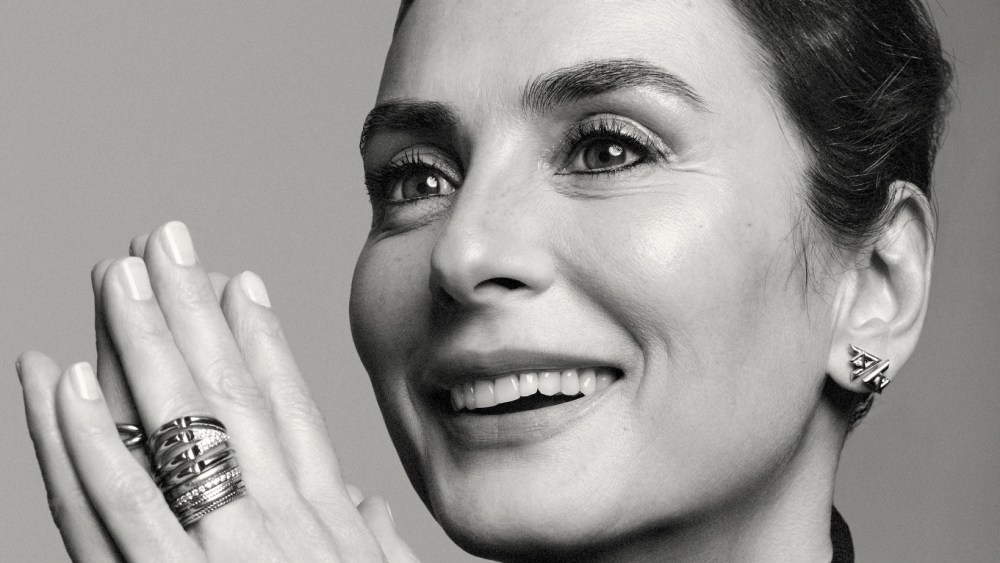Inditex – the Spanish retail powerhouse behind brands such as Zara, Massimo Dutti, and Pull & Bear – is headquartered in Arteixo, Galicia. Crowned ‘Retailer of the Year’ at the inaugural World Retail Awards in Barcelona.. Inditex won over Neiman Marcus, Target, Best Buy, Tesco and Whole Food Markets. Today it is the world’s largest fashion group operating more than 7,400 stores worldwide. The company- founded by Amancio Ortega- has seven brands which share a common purpose to put their customer first. Through a variety of categories and style points, the retail powerhouse aims to serve the entire lifestyle of global modern consumers, always with what they want and need, in the most responsible way it can. the team’s attitude towards innovation is a bold, outside-the-box approach because their commitment to improvement is constant. They take risks when they see a better way—for customers, for planet, and for fashion that moves the world forward—through the most inspiring experience! Let’s take a look at the sub- brands -:
Founded in 1975 by Amancio Ortega and Rosalía Mera, Spanish fast fashion retailer Zara designs, produces, distributes and retails apparel, accessories, shoes, swimwear, beauty products and perfumes through its extensive retail network. Renowned for its ability to develop a new product and get it to stores within two weeks- while other retailers take six months- Zara has over seven thousand stores worldwide. Nurturing a highly intimate relationship with its customers, Zara’s designers respond instinctively to their changing needs, reacting to the latest trends and constant feedback to deliver new ideas for everyone in the right place and at the right moment. The fast fashion brand is continuously working to make its business more sustainable, reducing its impact and integrating sustainability in its daily decision-making.
Pull&Bear has two different lines within womenswear and menswear. In womenswear, the brand has the Pacific Republic division, aimed at its teenage audience, in addition to collections that show the latest trends for women. In menswear, Pull&Bear ahas a division targeted at the youngest, XDYE, whose garments are inspired by the world of outdoor activities, music and sport. The chain was established in 1991 as a menswear brand and introduced a womenswear collection in 1998. In 2010, the brand introduced a new logo and rebranded its European stores.
Spanish brand Massimo Dutti transformed from its modest roots in Barcelona to stores worldwide. Owned by Inditex Group, it is a trademark and not the name of a design. Founded in 1985 by Armando Lasauca in Barcelona, Massimo Dutti began as a menswear brand. In 1991, Inditex — a Spanish multinational clothing firm which also owns Zara, Pull and Bear, Bershka, Stradivarius, Oysho, Zara Home and Uterqüe — purchased sixty- five per cent shares and subsequently bought out the company. Personal tailoring, womenswear, kidswear, accessories and fragrance marketed by Puig were added to the mix. From the sophistication of personal tailoring with a selection of fabrics such as cotton, wool and cashmere to the timeless collections, Massimo Dutti appeals to urbane, independent men and women and has seven hundred and eighty one stores in seventy-five countries.
What began in April 1998 as the new company of Spanish multinational company Inditex is today a formidable fashion brand with over a thousand stores in seventy-one countries. The sales from Bershka form ten per cent of the parent group. The brand has a team of professionals whose work is to observe newest trends and reconstruct them into modern styles for men, women and teenagers, as soon as possible. The stores have segregated spaces for its different product lines — Bershka, BSK and Man. Bershka focuses on denim, evening wear and casual wear for women while BSK has denim, sportswear and casual wear for teenagers.
At Oysho, the focus on sport and an active lifestyle motivates the core team to continue innovating and improving to always offer the best to their customers. The brand was launched in 2001 as part of the Inditex group. Today, the company operates over 550 stores and is present in more than seventy countries. The technical apparel brand specializes in sports, lingerie, swimwear, beachwear and home-wear.
Developed by Paco Triquell as a womenswear brand, Inditex acquired ninety percent of Stradivarius on November 12, 1999 for a reported 108 million euros. The group stated in a release that the purchase was due to the brand’s ‘good commercial positioning and growth potential.’ Its capacity to read the clients’ needs and continually evolve its collections is the key to its success. The brand has a team of dedicated designers whose work is to observe the latest trends and reconstruct them into modern styles for the youth. The strategy witnessed unparalleled success! Within a decade, Stradivarius opened five hundred stores worldwide. In 2005, Inditex completed acquisition for a reported 15 million euros. In 2017, Stradivarius opened its new offices for design and central services teams in Barcelona. Built with recycled materials, the building saves forty five percent electricity and thirty percent water, and will be given a green certification by LEED, with Gold distinction. Today, it is Inditex’s fifth largest brand in sales volume and is present in sixty-two countries.
Zara Home updates its collections by tapping into contemporary styles and sensibilities to create the latest aesthetics for interiors. Its collections are based on the latest trends and include bedding, table and bath linens, furniture, tableware, cutlery and home decor as well as a loungewear selection, a kids collection and a home fragrances line. At Zara Home you can find all the products associated with the comfort and intimacy of home life. Zara Home’s ‘Stories’ presents artists in residence, diaries or themes. This commitment to developing editorial content reflects the brand’s desire to be more than a retailer – it aspires to be an inspiration to customers by accompanying them to create a warm fashionable environment.









